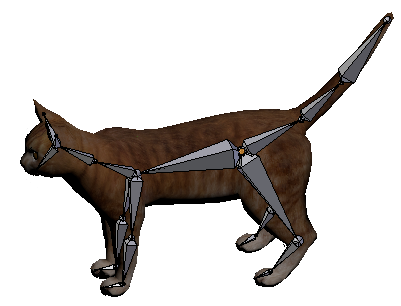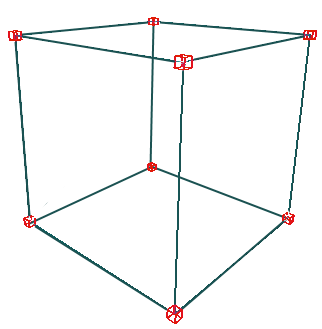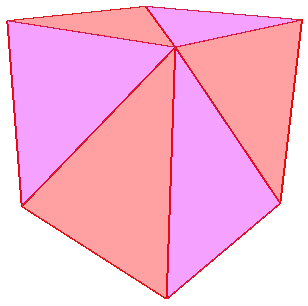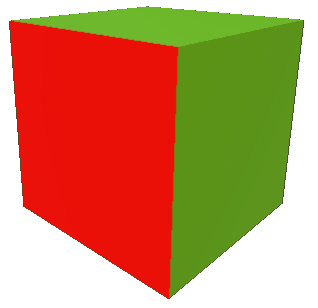In this post, you’re gonna learn what is a Mesh and what is the difference between a Static and a Skeletal Mesh.
Shortly meshes are 3D objects drawn in a level.
What’s the difference between Static and Skeletal Mesh?

A Static Mesh is a 3D object drawn inside a level without animations, at most it can have a transform modification that applies to the whole object.
On the contrary, a Skeletal Mesh is a 3D object animated with the movement in the space of more parts connected with a skeleton: each part has a transform relative to that of the bone with which is connected with a joint.
What is a mesh?
As early said, a Mesh is a representation of a tridimensional object.
But this isn’t enough to define a Mesh because under the computational point of view it is much more complex than this.
A Mesh doesn’t have to be “simply” drawn indeed, but because this can happen it must contain some rules that say to the engine how to apply the texture and how to trace shadows. Furthermore, it must also create a representation of the object in the physic world so that it can calculate his collision.
Materials are part of each mesh, instead, not all mesh have to trace shadows.

The primitives that allow drawing a Mesh are vertices.
Three vertices define a triangle, for example, the face of a cube has two triangles.
Regarding meshes, despite they can be defined by faces, like those of a cube, GPUs work with triangles and not with faces.

Vertex: primitive of a Mesh.
Colored red.

Triangle: the smallest breakdown of a face, elaborated by the GPU.
Colored red and purple: each face has 2 triangles in this representation.

Face: what we obtain from the composition of more triangles.
A single face is colored red.
In brief, vertices define faces, the faces are broke in triangles and the GPU will work with those ones. But there is still an unsolved question: who says to the engine how to apply the texture on those triangles? The answer is the UV Maps.
You can create meshes with different programs, for example, Magica Voxel for Voxel-styled objects or Blender for smoothed objects.
What you learned
- What is a mesh
- What a mesh is made up of: faces, triangles, and vertices
- What’s the difference between Static Mesh and Skeletal Mesh
This post about meshes closes here.
Just a bit of advice: don’t underestimate UV maps that are strictly related to this post, or you can occur in several problems when you’re using 3D objects like overcharge the GPU or bugs with lights and shadows… knowing what is the problem you can go straight to the point and solve it.